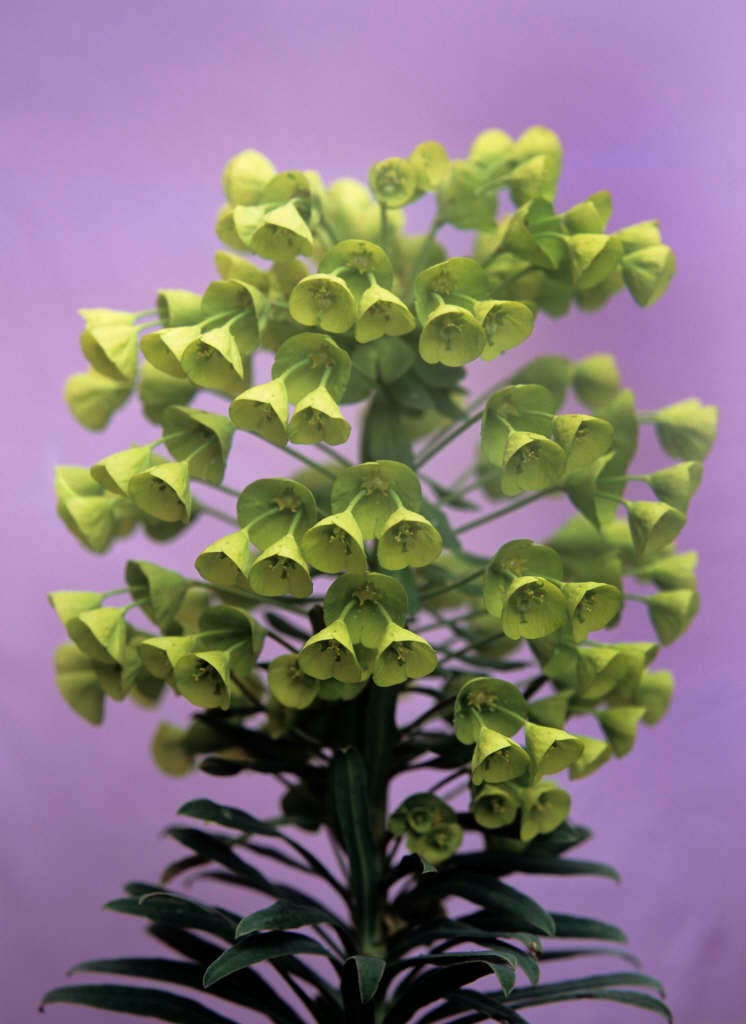Euphorbia characias subsp. wulfenii 'John Tomlinson'
spurge 'John Tomlinson'
An erect, open-habited medium-sized evergreen perennial with narrow grey-green leaves and large rounded heads of bright yellow-green flowers
Size
Ultimate height
1–1.5 metresTime to ultimate height
2–5 yearsUltimate spread
1–1.5 metresGrowing conditions
Moisture
Well–drainedpH
Acid, Alkaline, NeutralColour & scent
| Stem | Flower | Foliage | Fruit | |
| Spring | Green Yellow | Green Grey Silver | ||
|---|---|---|---|---|
| Summer | Green Yellow | Green Grey Silver | ||
| Autumn | Green Grey Silver | |||
| Winter | Green Grey Silver |
Position
- Full sun
Aspect
West–facing or East–facing or South–facing
Exposure
ShelteredDrought resistance
Yes Hardiness
H4Botanical details
- Family
- Euphorbiaceae
- Native to GB / Ireland
- No
- Foliage
- Evergreen
- Habit
- Bushy
- Potentially harmful
- Humans/Pets: IRRITANT to skin/eye, harmful if eaten. Wear gloves and other protective equipment when handling. For further information and contact numbers regarding pets, see the HTA guide to potentially harmful plants
- Genus
Euphorbia can be annuals, perennials, shrubs or succulents, with milky sap and small flowers held within cupped, often colourful bracts
- Name status
Accepted
How to grow
Cultivation
Grow in well-drained, light soil in full sun. See Euphorbia for further advice
Propagation
Propagate by division in early spring or take basal cuttings in spring or early summer; dip cut surfaces in charcoal or lukewarm water to prevent bleeding
Suggested planting locations and garden types
- Cottage and informal garden
- City and courtyard gardens
- Coastal
- Wildlife gardens
- Flower borders and beds
Pruning
Cut back flowering shoots to ground level in late summer or autumn
Pests
May be susceptible to aphids
Diseases
Generally disease-free
Get involved
The Royal Horticultural Society is the UK’s leading gardening charity. We aim to enrich everyone’s life through plants, and make the UK a greener and more beautiful place.
